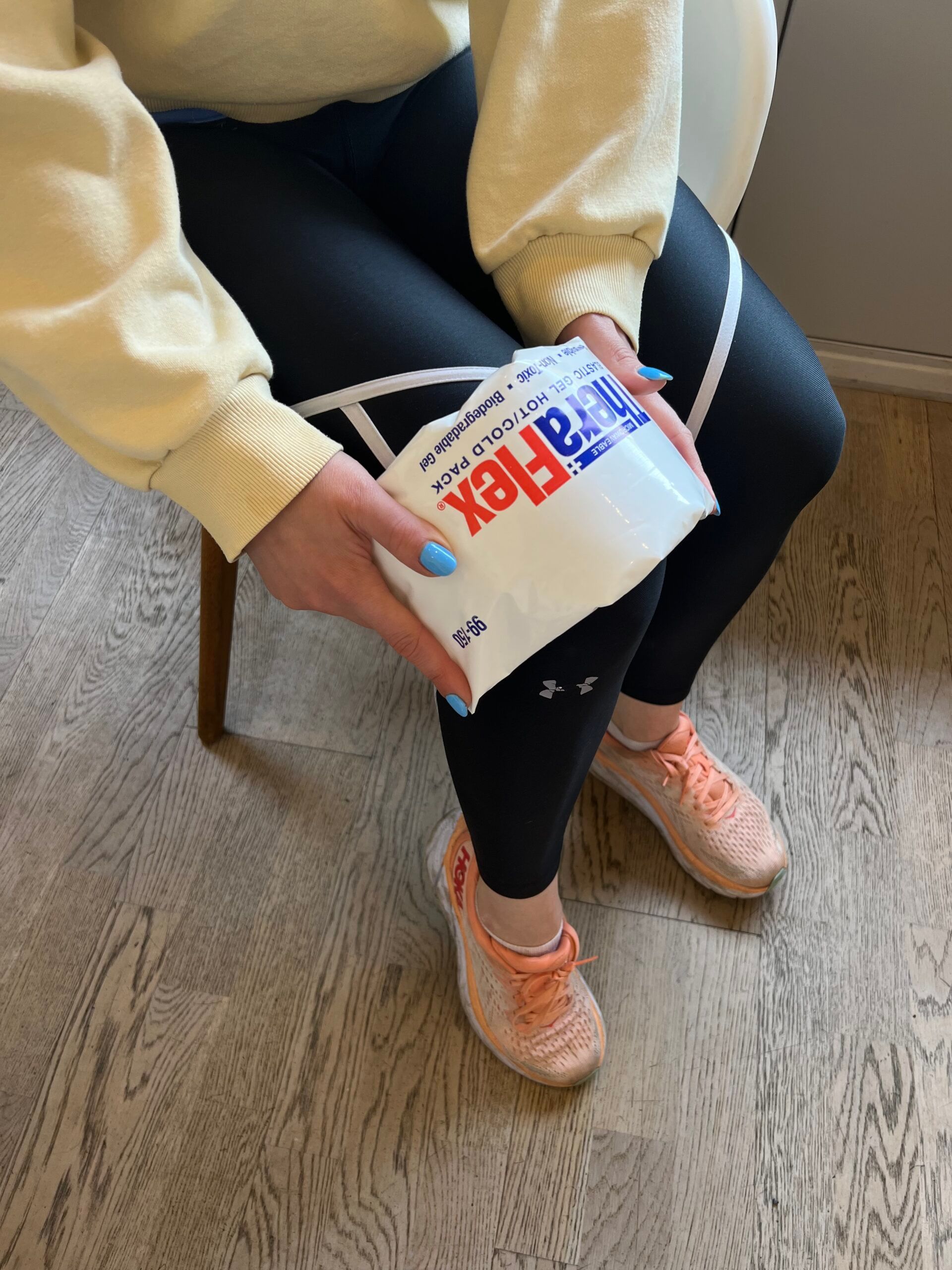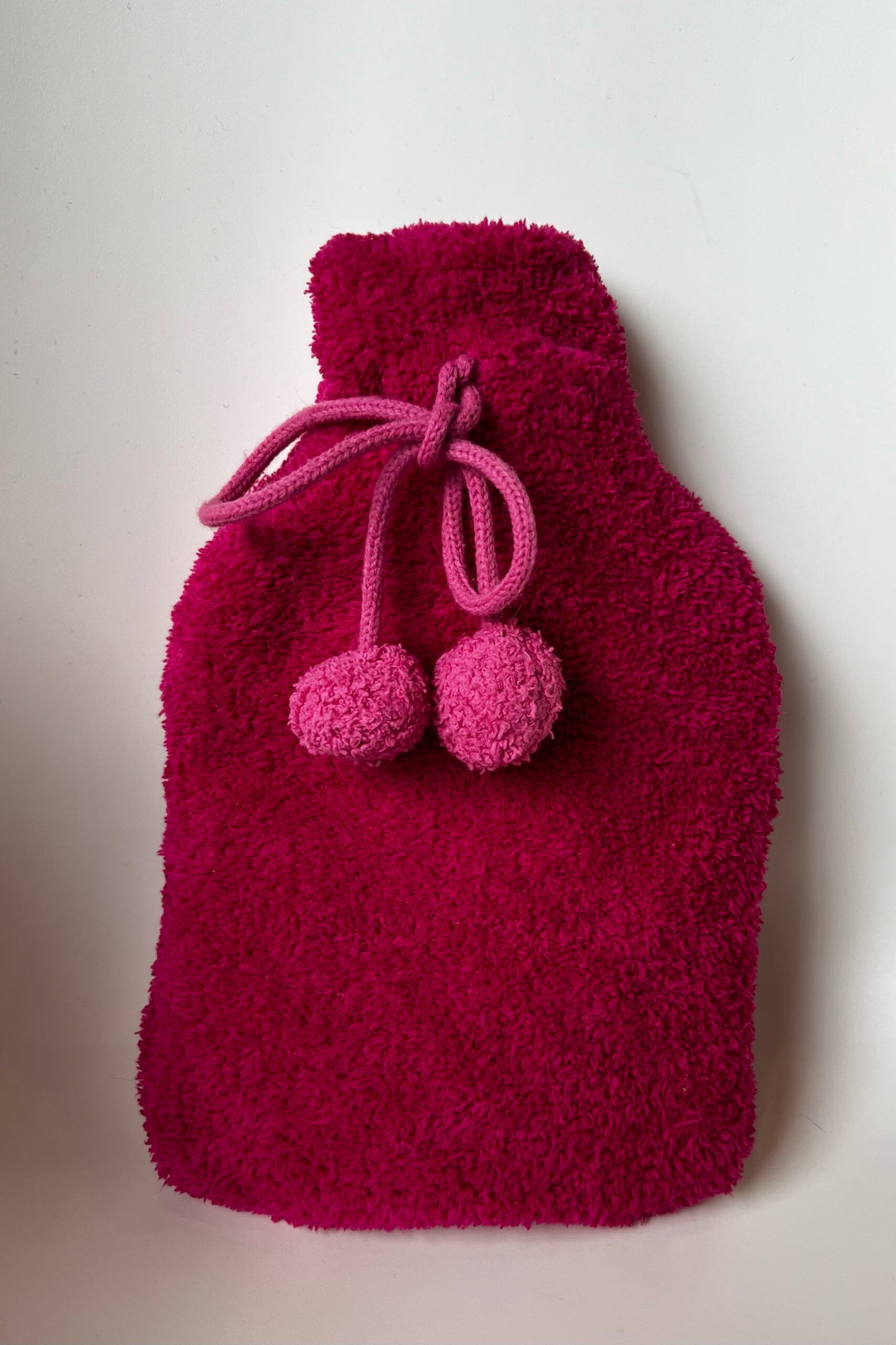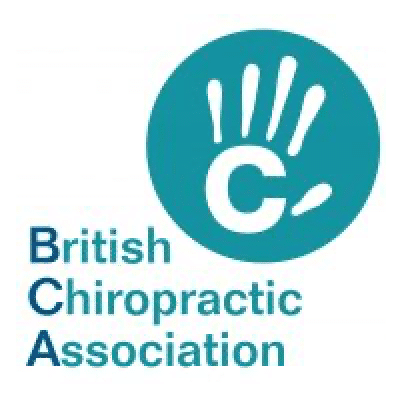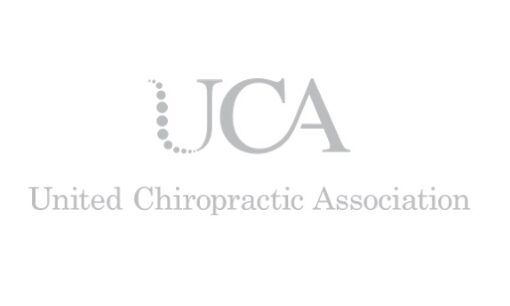Heat vs Ice, Which One Should I Be Using?
“Should I be using ice or heat?” is one of the most common questions we get asked at the clinic.
Below is my guide to help you, should you ever want an answer to that question. Although, like most dilemmas there are occasions where the answer isn’t always that straightforward.
Ice
What is it going to do to an injury?
The main aim of icing an area is to reduce blood flow to the area. Which as a result stops inflammation (the body’s natural but sometimes unhelpful healing process) and relieves pain in the process.
Ice is particularly useful in reducing swelling, which can in turn help return normal movement to the area. Cold therapy has also been shown to reduce scar tissue from forming, thus helping maintain normal tissue composition.
Now that you know the benefits of ice, your next question is probably: “When should I use ice?”
For acute injuries, particularly those that have happened in the last 24-72 hours, ice should be your first port of call. The immediate effect of ice will reduce pain and limit inflammation. You should use ice for short periods of time to limit severe cooling of the affected area.
Our advice is to put an ice pack (always with a barrier between the ice and your skin) for 10 minutes at a time, once an hour as a maximum. To enhance your icing, follow it up with 10 minutes of gentle movement, walking is our recommendation.
Heat
So what’s the story with heat?
Heat works by improving blood circulation and relaxing the area, it essentially encourages the body’s natural inflammatory process. It can improve flexibility, soothe discomfort and help heal injured tissue.
When should I use heat?
Heat is recommended to be used after the acute 72 hours have passed, but to be used with caution as can add to the inflammation.
A gentle heat like a hot water bottle or hot gel packs are preferential and are more beneficial when used for longer periods of time. Minor stiffness can benefit from 15-20 minutes of heat therapy. Moderate/severe can require up to 2 hours to feel any relief (Chiropractic Association of Alberta).
Heat should not be used when the area is swollen, bruised or has an open wound.
What should I do if my pain is chronic?
Chronic pain is very individual and will require a degree of experimentation to find out which treatment works best for you. My recommendation would be to try ice first and then combine it with heat as an alternating therapy to see whether combining the two therapies makes more of a difference.
Never apply heat directly after applying ice, give some time between the two therapies.
Chronic pain requires an individual plan. This where myself, and our other practitioners at the clinic, can make a plan of action going forward to further manage longer lasting aches and pains.

If you would like further, specialised support then do not hesitate to contact me on ellie@tivolichiropractic.co.uk or book online here.























